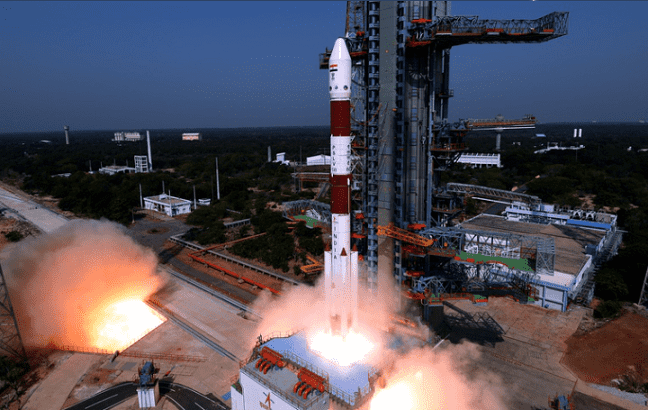
Geneva, Sept. 5, 2019: Swiss Internet of Things (IoT) startup Astrocast has said it had closed its “CHF 9M Series A Round” of funding. This new round will “significantly accelerate our production of IoT modules and our commercial deployment,” it announced on its official blog.
The Series A finance round brings to 16.6 million Swiss francs what Astrocast had raised since forming in 2014.
After launching two initial satellites, Astrocast continues with its task to build a nanosatellite IoT network.
The startup also made a second announcement on its blog:
We are also excited to announce that Astrocast was awarded a CHF 500,000 loan from the Foundation for Technological Innovation. The FIT Growth loan encourages entrepreneurship, supports innovation and bolsters the local economy by supporting technology startups in the county of Vaud Switzerland. Astrocast received a similar award called the FIT Seed Loan in 2015.
– Astrocast
Till now, Astrocast has launched two test satellites, and it claims to be the first such company to prove it could launch, propel, accurately determine the position and communicate with LEO nanosatellites in less than 2 hours after launch. Both satellites were functioning at full capacity.
The second satellite was launched and deployed along with Indian Space Research Organization (ISRO) on its Polar Satellite Launch Vehicle (PSLVC45) that took place from the Satish Dhawan Space Center in April this year.
“It is very important that companies think about the entire lifecycle of their nanosatellites. As a Swiss company, we will lead by example and do everything we can to keep space clean. Using a set of reliable and flight-proven technologies, Astrocast is building the ability to control, maneuver and ultimately de-orbit its satellites,” said Fabien Jordan, said in the blog post. “We can avoid collisions from other satellites, easily de-orbit and re-deploy satellites for technology upgrades, and reduce the amount of space debris left at the end of a satellite’s lifecycle. This nanosatellite represents the first of many technological advances we aim to develop toward the security and longevity of our network.”
Image Credit: ISRO
